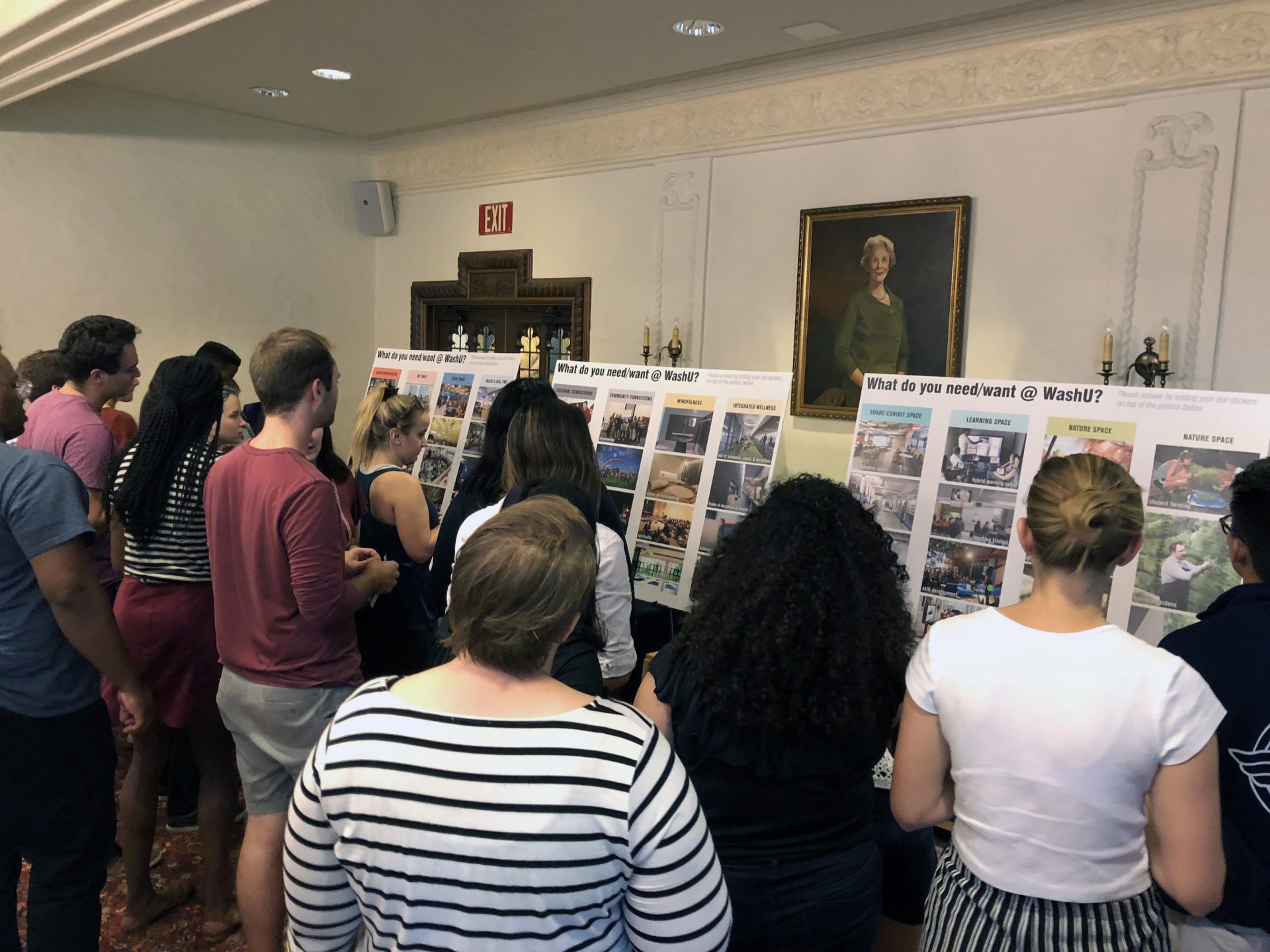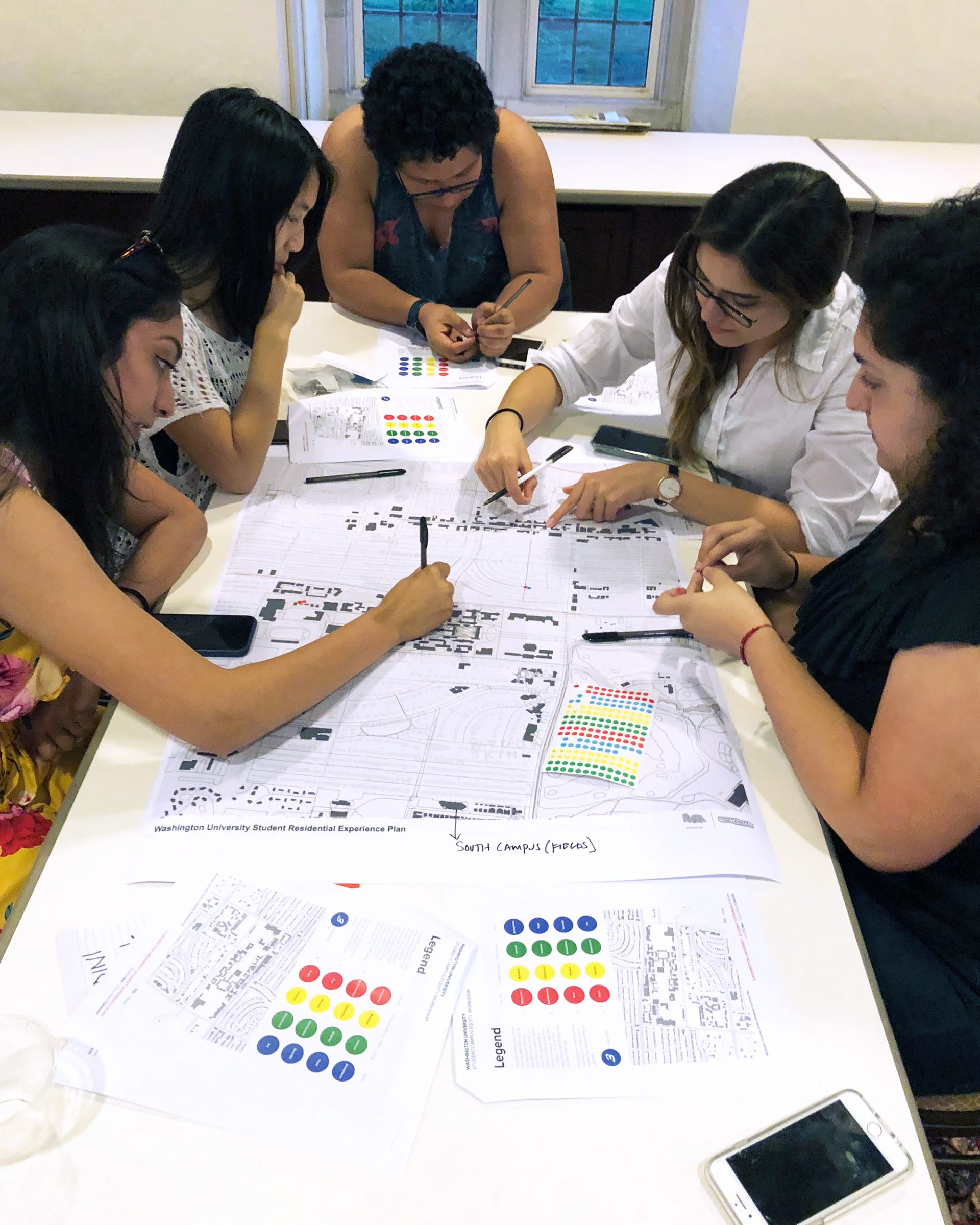In the Equity Matters Summits, Studio Ma sponsors discussions that reveal ongoing disparities in student experience and lead higher education institutions to more equitable and inclusive campuses. Panelists are drawn from across academe, with even representation of public and private institutions, including HBCUs and others serving larger than average minority populations. Each session focuses on different issues, starting with recognizing that reactive facility assignments, construction programs, even portrait galleries of past college presidents can precipitate inequalities. Subsequent sessions lead participants to identify and redress inequalities through student engagement and by developing new planning tools and new models for inclusive design.
Equity Matters Series Broadens Paths to Inclusivity
Equity Matters Summits
Studio Ma launched the Equity Matters Summits in 2020 to grapple with the heightened experience of social inequality in higher education triggered by Covid-19 pandemic and the Black Lives Matter movement. The series brings together the perspectives of students, faculty, and university leaders to produce more inclusive and equitable campuses.

The shutdowns of college campuses across the United States in March 2020 caused by the Covid-19 pandemic exacerbated disparities among students as those from less advantaged backgrounds struggled to find places to study, even live, while facilities were closed. It also highlighted the long-seated problems with how campuses are built over time. Studio Ma took the moment to start a discourse on how to redress long standing issues of social inequalities on campus.
Earlier structures retain the social attitudes from the era when they were built. For campuses built in the 1940s or earlier, university officials and architects designed facilities for what are now considered traditional students. Beginning with the GI Bill after World War II, student demographics became more varied, but these legacy structures set the character of campuses. Students from less privileged backgrounds experienced campus life differently yet recognizing the depth of disparities has lagged. Some of this comes from insufficient engagement of underrepresented groups in planning and design. It also arises from the influence of legacy buildings on campus design, typically pushing new construction away from a historic core.

In the Equity Matters Summits, Studio Ma sponsors discussions that reveal ongoing disparities in student experience and lead higher education institutions to more equitable and inclusive campuses.